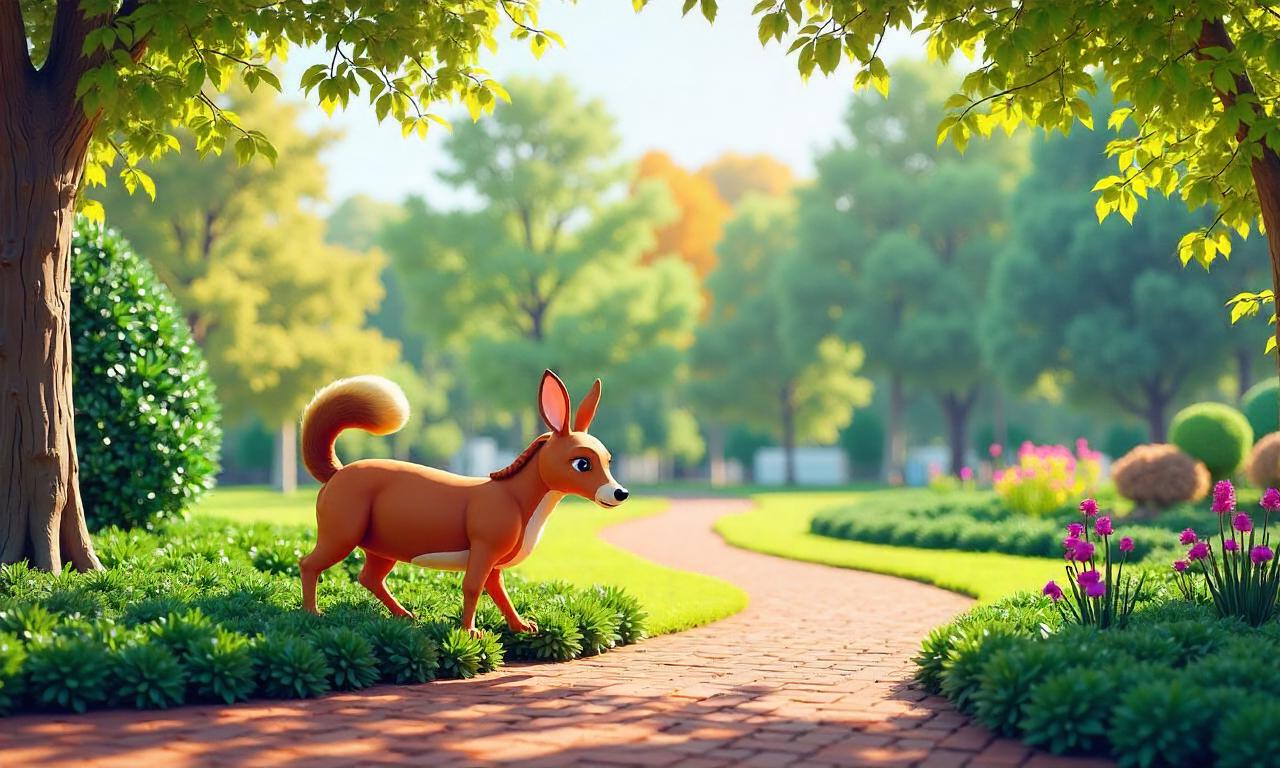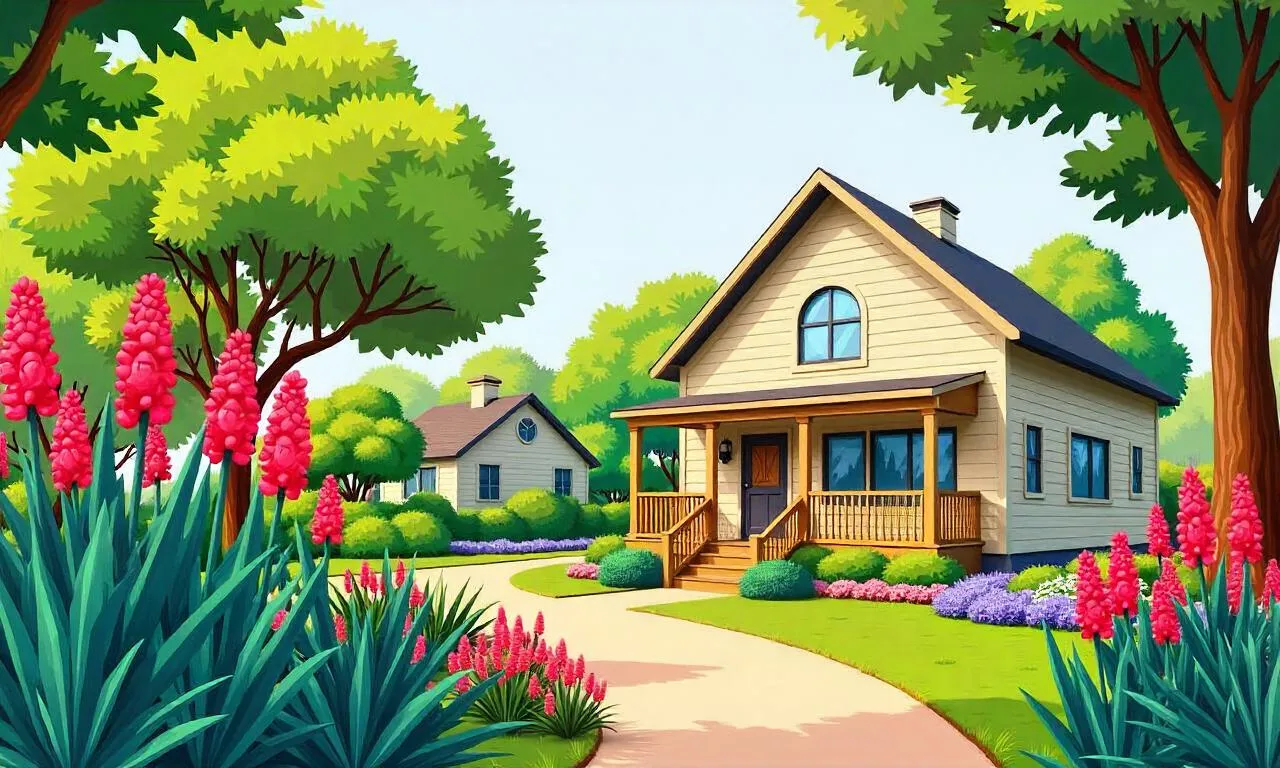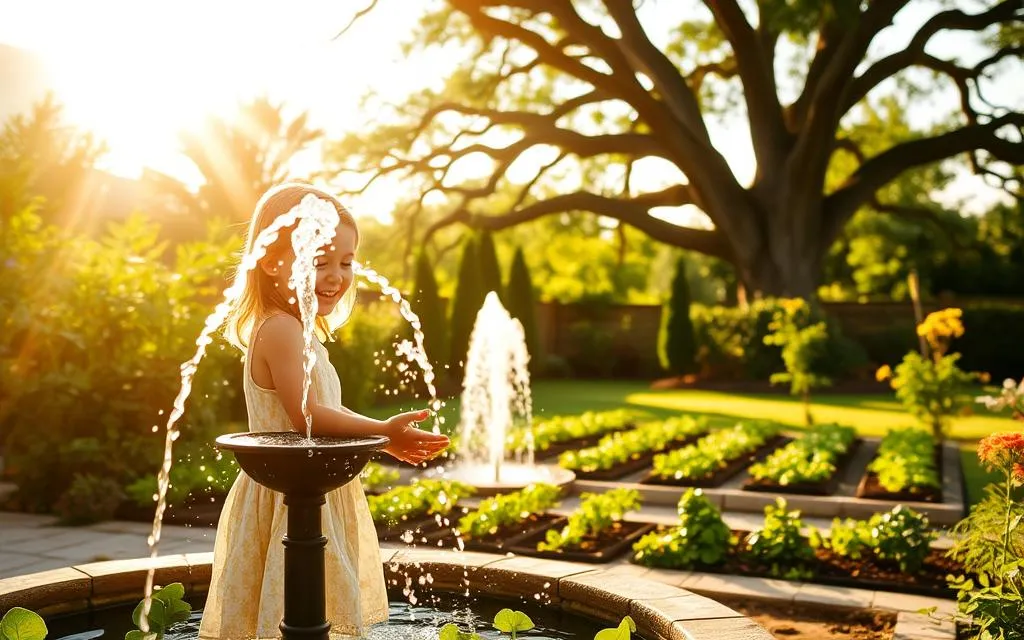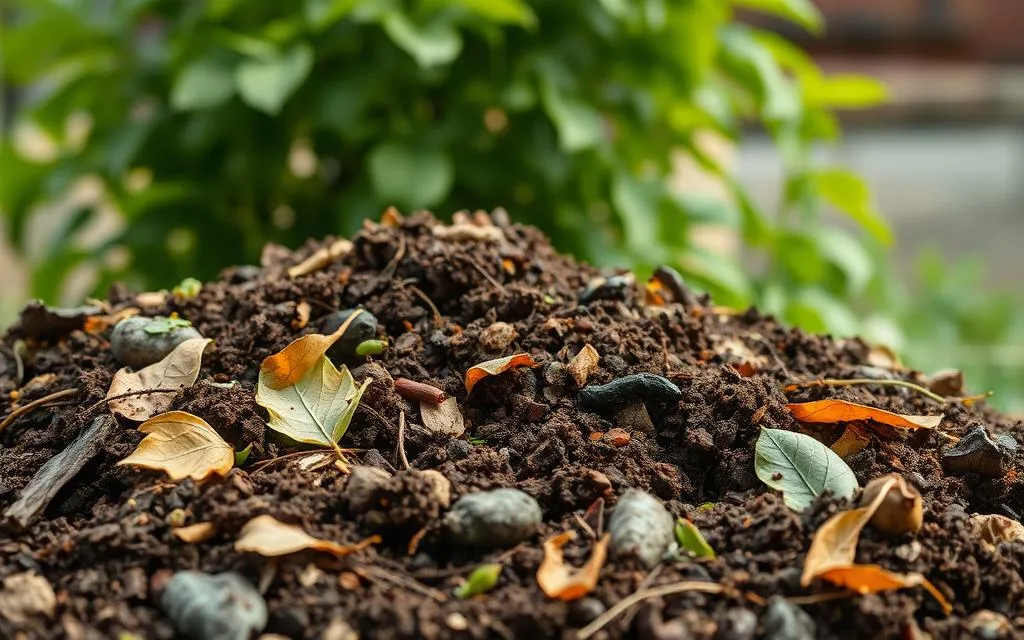# Creating a Wildlife-Friendly Garden: Essential Tips for Gardeners
Creating a wildlife-friendly garden is one of the most impactful ways to support biodiversity while enhancing your outdoor space. Whether you’re a seasoned gardener or just starting out, designing a garden that welcomes birds, butterflies, bees, and other creatures can transform your yard into a thriving ecosystem. This approach not only benefits local wildlife but also helps improve air quality, reduce pollution, and create a peaceful natural environment. By following essential tips for wildlife-friendly garden design, you can ensure your garden becomes a sanctuary for both plants and animals, contributing to a healthier planet.
## The Benefits of a Wildlife-Friendly Garden
A wildlife-friendly garden offers a multitude of ecological and aesthetic advantages. First and foremost, it supports pollinators like bees and butterflies, which are crucial for maintaining plant diversity and food production. By incorporating the right plants, you can attract these essential pollinators and help sustain the natural balance of your local environment.
Additionally, a wildlife-friendly garden serves as a habitat for birds, small mammals, and insects, providing them with shelter, food, and breeding grounds. This can reduce the pressure on natural habitats, especially in urban areas where green spaces are limited. Studies show that gardens with diverse plant life can increase local biodiversity by up to 30%, making them a valuable asset in conservation efforts.
Another key benefit is the improvement of soil health and water retention. Plants with deep roots help prevent erosion, while leaf litter and mulch create organic matter that enriches the soil. A well-planned garden also reduces the need for chemical fertilizers and pesticides, which can harm beneficial insects and contaminate groundwater.
Table of Contents
Toggle### Why Wildlife-Friendly Gardens Matter
Wildlife-friendly gardens play a vital role in mitigating the effects of habitat loss. Urbanization and agricultural expansion have led to the fragmentation of natural ecosystems, leaving many species struggling to survive. By creating a habitat for wildlife, gardeners can provide critical spaces for animals to thrive.
According to the National Wildlife Federation, even small patches of natural vegetation can support a wide range of species. For example, a single wildflower meadow can attract over 100 different types of pollinators, including butterflies, bees, and hummingbirds. This biodiversity not only enhances the beauty of your garden but also contributes to a healthier ecosystem.
Moreover, wildlife-friendly gardens help in carbon sequestration. Plants absorb carbon dioxide from the atmosphere, which helps combat climate change. By cultivating a wildlife-friendly garden, you’re not just supporting animals; you’re also playing a part in environmental sustainability.
### Key Elements of a Successful Wildlife-Friendly Garden
To create a wildlife-friendly garden, it’s essential to focus on key elements that promote biodiversity and ecological balance. One of the most important aspects is the inclusion of native plants, which are better adapted to local conditions and provide the best resources for native wildlife.
Another critical component is the provision of water sources. Birds, insects, and small mammals rely on water for survival, and a garden without a reliable water feature may struggle to attract them. Additionally, wildlife-friendly garden designs should incorporate shelter, such as shrubs, trees, or rock piles, to protect animals from predators and harsh weather.
Finally, a wildlife-friendly garden should be layered with different habitats to support a variety of species. For example, a mix of open spaces, dense shrubs, and tall trees can cater to birds, insects, and small mammals alike. This layered approach ensures that your garden remains a dynamic and welcoming environment for all forms of life.
#### Native Plants: The Foundation of a Wildlife-Friendly Garden
Native plants are the cornerstone of any wildlife-friendly garden. These species have evolved in harmony with local wildlife, offering the best nutrition, shelter, and breeding sites. For instance, Lavatera (*Lavatera thuringiaca*) provides nectar for butterflies, while Native Wildflowers like coneflowers (*Echinacea purpurea*) are vital for bees.
Choosing native plants also means they require less water, fertilizer, and pesticides compared to non-native species. This makes them more sustainable and cost-effective for gardeners. A study by the University of Delaware found that native plants can support up to 30 times more wildlife than non-native alternatives. To ensure a wildlife-friendly garden, research which native plants thrive in your region and prioritize them in your planting plan.
Additionally, native plants contribute to the wildlife-friendly garden by creating a continuous food source throughout the year. For example, some native trees produce fruit in the fall, while others bloom in the spring, ensuring that wildlife has access to resources in all seasons. This seasonal diversity is essential for maintaining a healthy ecosystem.
#### Designing for Diversity: Layers of Habitats
A wildlife-friendly garden should be designed with diversity in mind. Different layers of habitats, such as the ground, shrubs, trees, and water features, support various species with different needs.
Ground-level habitats include flowers, grasses, and herbs that attract pollinators and small insects. These plants often have shallow roots, making them easy to grow and maintain. Shrubs and small trees provide shelter for birds and small mammals, while tall trees offer nesting sites for larger birds.
Creating a layered garden also means incorporating a mix of sun-loving and shade-tolerant plants. This ensures that your garden remains lush and productive throughout the year. For example, sunflowers (*Helianthus annuus*) thrive in full sun, while hostas (*Hosta spp.*) prefer partial shade. This plant diversity not only enhances the garden’s beauty but also supports a wider range of wildlife.
#### Water Features: Attracting Wildlife Naturally
Water features are essential for a wildlife-friendly garden as they attract a variety of species, from birds to amphibians. A simple pond or birdbath can become a hub of activity, drawing in insects, frogs, and even small mammals.
When designing a water feature, consider its size and placement. A small pond can be more accessible for insects and birds, while a larger pool may attract larger animals like turtles or ducks. Adding rocks, logs, or stones to the edges of the water feature provides shelter for wildlife and creates a more natural environment.
Maintaining the water feature is also crucial. Regularly cleaning the water and ensuring it’s free from pollutants helps sustain aquatic life. A well-maintained water source can support up to 50% more wildlife than a neglected one, making it a key component of a wildlife-friendly garden.
### Avoiding Pesticides: A Safer Approach
Pesticides and chemicals, while effective in controlling pests, can be harmful to beneficial insects and other wildlife. In a wildlife-friendly garden, it’s best to use organic pest control methods to protect the ecosystem.

Instead of relying on synthetic pesticides, gardeners can opt for natural alternatives like neem oil, insecticidal soaps, or companion planting. For example, planting marigolds alongside vegetables can deter aphids without the need for chemicals. Organic pest control not only keeps your garden safe but also promotes a more sustainable gardening practice.
Another way to minimize pesticide use is to encourage beneficial insects such as ladybugs and lacewings, which naturally prey on harmful pests. By creating a wildlife-friendly garden, you can reduce the need for harsh chemicals and support a more balanced ecosystem.
#### Encouraging Beneficial Insects and Microorganisms
Beneficial insects and microorganisms are the unsung heroes of a wildlife-friendly garden. They play a critical role in pollination, decomposition, and pest control. To support them, gardeners should avoid chemical pesticides and provide suitable habitats.
Pollinators like bees and butterflies rely on flowers for nectar and pollen. Planting a variety of flowering plants throughout the growing season ensures a constant food supply. Additionally, microorganisms such as fungi and bacteria help break down organic matter, enriching the soil.
To foster a healthy ecosystem, wildlife-friendly garden designs should include areas for microorganisms to thrive, such as compost piles or mulch beds. These areas not only support soil life but also reduce the need for chemical fertilizers.
## The Role of Gardeners in Environmental Conservation
Gardeners have a unique opportunity to contribute to environmental conservation through their choices. A wildlife-friendly garden can act as a green corridor, connecting fragmented habitats and allowing wildlife to move freely. This is especially important in urban areas where natural spaces are limited.
By planting native species and avoiding synthetic chemicals, gardeners can create a safe haven for local wildlife. This approach supports biodiversity and helps mitigate the effects of climate change. For example, a garden with a mix of native trees and shrubs can sequester more carbon than a conventional garden.
Furthermore, wildlife-friendly gardens can serve as educational tools, teaching families and communities about the importance of sustainable gardening practices. This environmental awareness can lead to broader conservation efforts, making your garden a valuable part of the local ecosystem.
### Seasonal Planting for Continuous Wildlife Support
To ensure your wildlife-friendly garden remains active throughout the year, it’s important to plan for seasonal planting. Different species have varying food and shelter needs depending on the time of year, so incorporating a mix of plants with different blooming periods is key.
Spring-blooming plants like crocuses and daffodils provide nectar for early pollinators, while summer-blooming flowers such as sunflowers and zinnias attract a wider range of insects. Fall plants like asters and sedums offer food for migrating birds and butterflies, ensuring that your garden remains a habitat for wildlife even in colder months.
Seasonal planting also helps in maintaining year-round biodiversity. For example, evergreen shrubs provide shelter during winter, while perennials return each year to support wildlife in the spring. This approach ensures that your garden remains a thriving ecosystem all year long.
#### Choosing the Right Soil and Composting Practices
Healthy soil is the foundation of any successful wildlife-friendly garden. Enriching the soil with organic matter, such as compost, can improve its structure, moisture retention, and nutrient content. This, in turn, supports plant growth and provides a habitat for wildlife.
Composting is a sustainable gardening practice that reduces waste and improves soil fertility. By using compost made from kitchen scraps and garden waste, you can create a nutrient-rich environment that supports a wide range of plant and animal life. Additionally, composting helps reduce the need for chemical fertilizers, making your garden more eco-friendly.
To maintain soil health, gardeners should avoid over-tilling, which can disrupt soil microorganisms. Incorporating mulch and using organic soil amendments like leaf mold or manure can create a more sustainable garden that benefits both plants and wildlife.
## Frequently Asked Questions
Q: What are the best plants for a wildlife-friendly garden? A: Native plants are the best choice, as they provide the most suitable food and shelter for local wildlife. Examples include Native Wildflowers, Native Shrubs, and Native Trees.
Q: How can I attract birds to my garden? A: To attract birds, plant a variety of trees and shrubs that offer berries, seeds, and nectar. Adding a birdhouse or nesting box can also provide shelter for birds to breed.
Q: Is it possible to create a wildlife-friendly garden in a small space? A: Yes, even small spaces can become wildlife-friendly. Use containers, hanging baskets, or vertical planters to grow a diverse range of plants. A small garden can still support pollinators and small mammals.
Q: What should I avoid using in my wildlife-friendly garden? A: Avoid synthetic pesticides and fertilizers, which can harm beneficial insects. Instead, use organic pest control methods and compost to enrich the soil.
Q: How often should I maintain my wildlife-friendly garden? A: Regular maintenance is essential to ensure your garden remains healthy and wildlife-friendly. This includes watering, pruning, and removing invasive species.
| Aspect | Importance | Tips | |——–|———–|—–| | Native Plants | High | Research local species and prioritize them | | Water Features | High | Include ponds, birdbaths, or fountains | | Organic Pest Control | Medium | Use natural methods like neem oil or companion planting | | Habitat Layers | High | Design with ground, shrub, and tree layers | | Seasonal Diversity | Medium | Plant a mix of spring, summer, and fall flowers |
### Conclusion
Creating a wildlife-friendly garden is a rewarding endeavor that benefits both nature and the gardener. By following essential tips such as selecting native plants, incorporating water features, and minimizing chemical use, you can design a space that supports a wide range of species. This approach not only enhances biodiversity but also contributes to environmental sustainability. A wildlife-friendly garden is a living ecosystem that thrives on diversity and care, making it a valuable asset for the planet.
Summary A wildlife-friendly garden offers numerous benefits, from supporting pollinators to enhancing soil health. By choosing native plants, creating water features, and using organic pest control, gardeners can foster a biodiversity-rich environment. With seasonal diversity and habitat layers, your garden becomes a thriving ecosystem that sustains wildlife year-round. Following these essential tips ensures that your garden remains a sustainable space while contributing to environmental conservation.

















